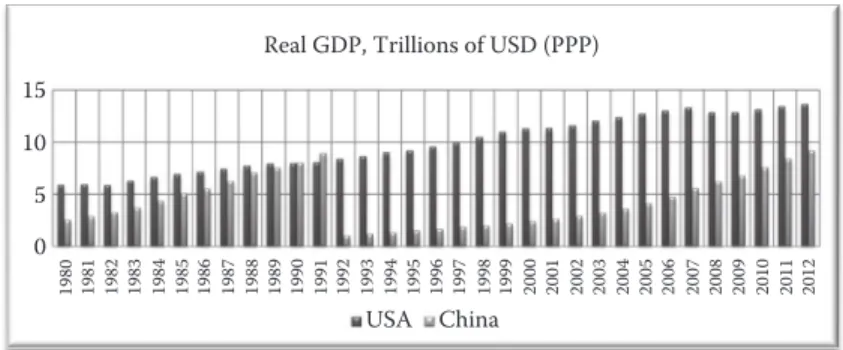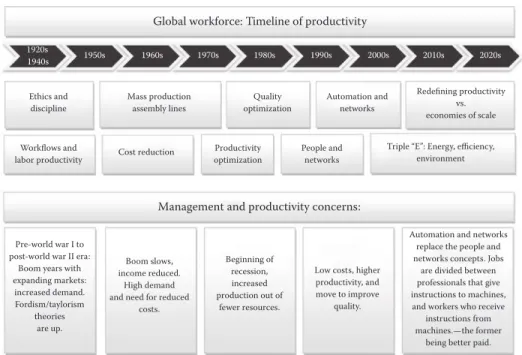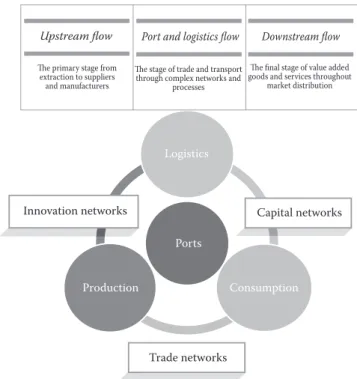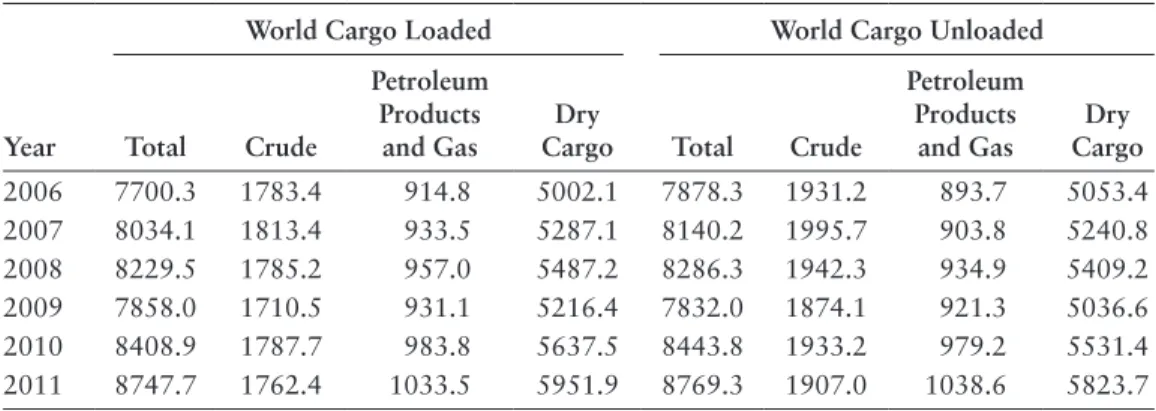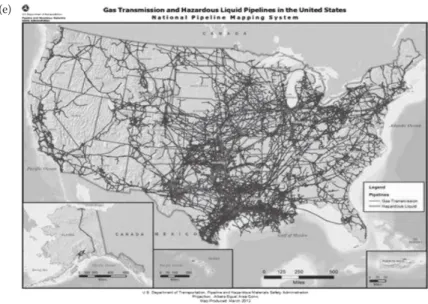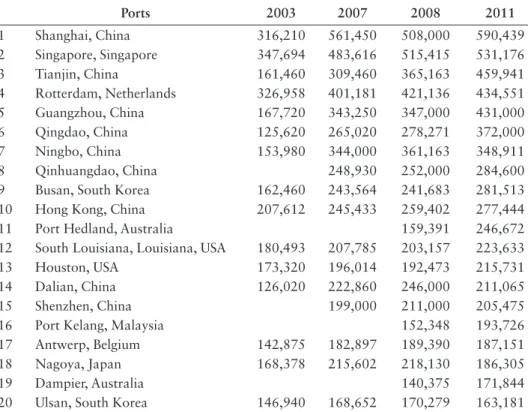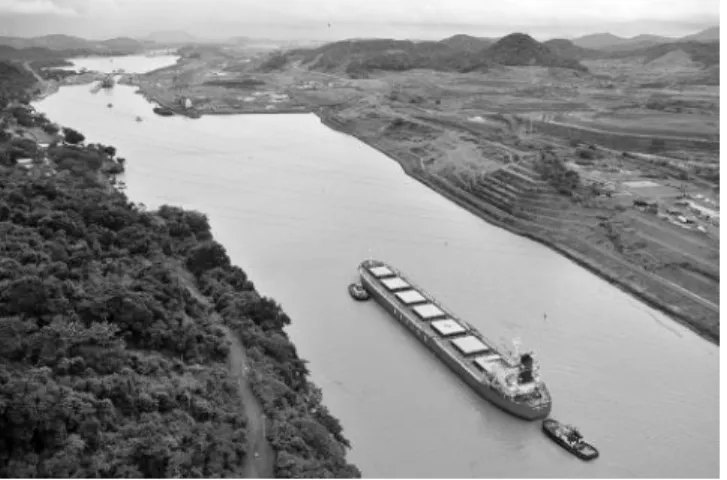Services 161 4.6 Port-Related Claims and Legal Obligations 165 4.6.1 Dispute Resolution: Arbitration Versus Court 165 4.6.2 Port-Related Claims and Interpretation of Charter Party Clause 166. Operations and Emergency Response 309 BWM 309 10ast. Incident Investigation and Root Cause Analysis 311 10.9 Inspections, Investigations and Audits 314 10.10 Global and National Compliance for Ships 319 References 319 Chapter 11 Ports as a Bridge for Maritime and Offshore Energy Activities 321 .
Preface
This is when US President Woodrow Wilson transmitted a telegraph to ignite 8 tons of dynamite, which created the first version of the Panama Canal. A new era has begun for the maritime industry in anticipation of the inauguration of the Panama Canal expansion in 2015.
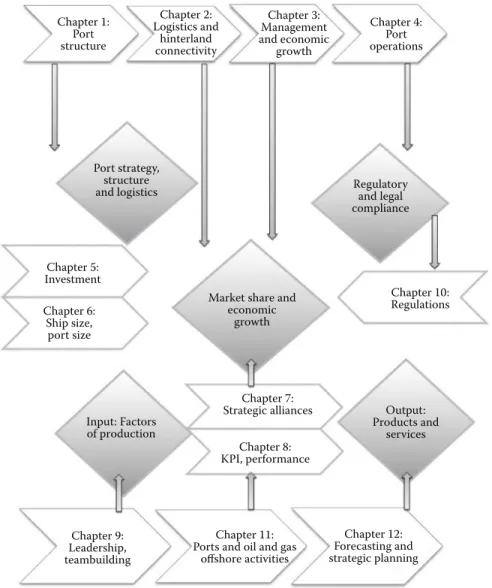
Acknowledgments
Guidry, President and CEO; Chad Verret, Senior Vice President Alaska & LNG Operations; and Michael Caroll, senior vice president of newbuilding and chief naval architect. In particular, I would like to thank Niels Aalund, Vice President of WGMA, who is a dynamic agent of change in the US maritime industry, economy and environment.
Introduction
PORT MANAGEMENT AND OPERATIONS
The shift towards a service-oriented, value-added economy led to the geographic reorganization of the supply chain. The global framework of the 1990s marked an era in which global diplomatic negotiations increasingly reflected the bargaining power of ports.
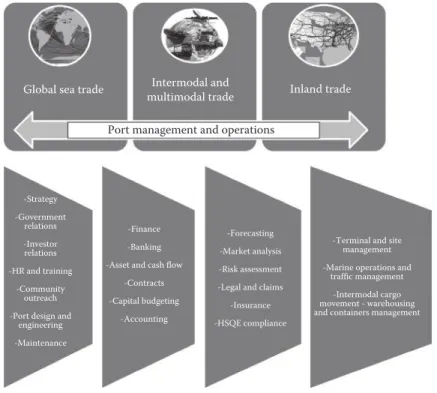
THE HISTORY OF PORTS: ADVANCED THINKING, PLANNING, AND DEVELOPMENT
The Bahá'í World Center, a UNESCO World Heritage Site, is located in Haifa Port. Singapore's prime position on the main maritime route between India and China is consistent with its designation as 'the Gateway of the East' (Mongabay 2012).
PORT OWNERSHIP, STRUCTURE, AND ORGANIZATION This section focuses on the characteristics of port ownership types, while it evaluates
The significant advantage of this port model is the region's full involvement in meeting the port's requirements due to the port's role in the regional economy. Fully privatized ports or private service ports: Under the full port privatization model, the port's ownership and public policy making is fully transferred from the state to the private entity.
PORT WORKFORCE: PRODUCTIVITY, GROWTH, AND EMPOWERMENT STRATEGIES
As we observe today's globalized businesses in the "Age of Abundance", the collapse of powerful maritime companies and decline of ports, despite their prosperous technological and capital resources, can only be described as a paradox. A Brief History of the Port of Singapore, with Particular Reference to the Enterprises of the Singapore Port Board.
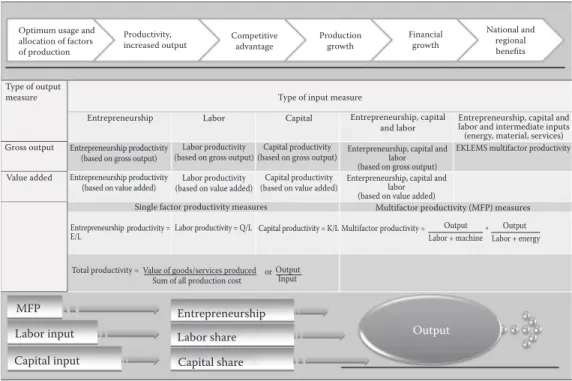
Connecting Hub Port Gateways to the Inland Infrastructure
LOGISTICS INTEGRATION OF PORT ACTIVITIES
To prevent port collapse, its only option will be to pursue integration, first internal and eventually external. The port interacts with its customers and supply chain partners only in relation to operations, timing, services and activities affecting the port. Inter-institutional cooperation and information exchange has been achieved and the port has achieved a comprehensive strategy.
The port authorities seek to increase the port's bargaining power by designing long-term strategies. With a keen understanding that the port's strength within the current supply chain can be affected by other, competing ports, the port is expanding its vision and marketing activities to other supply chains and new customers.
STRATEGIC LOCATION AND MARKET ACCESSIBILITY FOR EXISTING AND EMERGING SEAPORTS
To measure the nodes of a specific trade within a supply chain, a three-level assessment is required: (a) a regional assessment is required to choose a geographic market within a continent or a number of countries; (b) Market and trade assessments will be used to assess the trade area and market clusters; and finally (c) the port assessment will determine the port's ability to meet or exceed supply chain objectives. The history of the Panama Canal goes back almost to the first explorers of the American continent. At the end of the 19th century, scientific innovations and the need for global maritime transport prompted the construction of the canal.
The importance of the Panama Canal expansion in world trade and transportation can hardly be exaggerated, as more attractive, optimal services will not be found anywhere else. Courtesy of the Panama Canal.). are wide enough to allow the transit of two railways.

SUPPLY CHAIN OPPORTUNITIES, COMPETITION, AND CONFLICT PREVENTION
Available at http://www.bloomberg.com/news cosco-chairman-wei-retires-after-building-biggest-bulk-fleet.html; The development of China's shipping terminal. Available at http://www.bloomberg.com/news cosco-chairman-wei-retires-after-building-biggest-bulk-fleet.html. Available at http://www.port strategy.com/news101/world/asia/chinese-terminal-operators-expand#sthash.
Available at http://www.bloomberg.com/news panama-s-economic-growth-slowed-to-7-in-first-quarter.html. Available at http://www.marad.dot.gov/ports_landing_page/deepwater_port_licensing/dwp_map/.
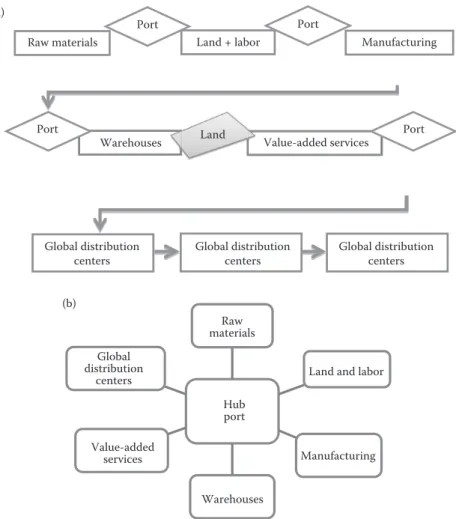
Port Management and Economic Growth
ESTABLISHING A PORT’S COMPETITIVE EDGE IN A NICHE WORLD
Applying his principles to the maritime industry, a port's value and profitability for the services provided is analogous to the degree of obstacles encountered during the input process. To ensure the port's cost efficiency, the MRe represents the marginal revenue of employment at the port, while MRi represents the amount of investment. A port's capital cost is typically estimated by the investment price, i.e. cost of assets such as buildings, storage facilities, equipment, etc.
A port's pursuit of cost minimization can use techniques for calculating input and production costs in order to develop the minimum costly output, that is, services or products. Because this chapter is about the port's competitive advantage, the measurement of a port's reliable service should also be evaluated.
ECONOMIC GROWTH AS THE SPACE BETWEEN STIMULUS AND RESPONSE
Initiate dynamic partnerships with neighboring corporations to support the port's land expansion plans. A port's effective market positioning is necessary to improve accessibility to the regional and global markets (AAPA 2013). The alternative energy produced by fuel cells supports energy-dependent building systems and equipment, which consequently improves the port's energy security.
A port's market share is calculated based on the share of total world market revenues acquired over a given period. The outcome will provide a broad insight into the port's market share compared to the market and the competition.
RISK ASSESSMENT (RA) AND RISK MANAGEMENT (RM)
These econometric formulas address asset integrity while incorporating the human factor contribution to emergency response. For each hazard, a risk estimate is based on the probability of occurrence and the severity of the hazard. Difficulties also arise from the difficulty of objectively assessing a complex set of risk possibilities.
With this goal in mind, Odfjell has developed their organization by continuously delivering improved technical and marine oversight capabilities within the various groups (fleets), strengthening their training programs and implementing an effective, well-defined Key Performance Indicator (KPI) program (http://www.odfjell .com/Tankers/ShipManagement/ .Pages/ShipManagement.aspx). Furthermore, the company is also part of a network of 11 terminals in South America and one in Canada, which are partly owned by related parties (http:// . www.odfjell.com/Terminals.aspx).
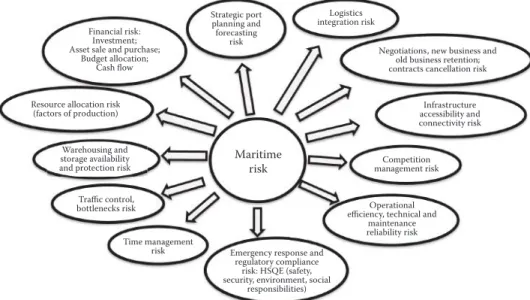
Port Operations
PORT MANAGEMENT SERVICES: TERMINAL OPERATORS; PROPERTY LEASING OPPORTUNITIES
Based on the ship's size and type, harbor masters allocate suitable berths for each ship calling at the port. For liners, the port typically has a contract with the liner company, which is the ship's owner and manager. Their undisputed authority and procedural repetition simplify port operations and standardize the paperwork exchanged between the ownership company, the port and the ship's master.
This is a critical point for the performance of the port, the ship and the shippers. Courtesy of the Port of Haifa, Israel.) (e) Container handling for CAI International, a major container leasing company.
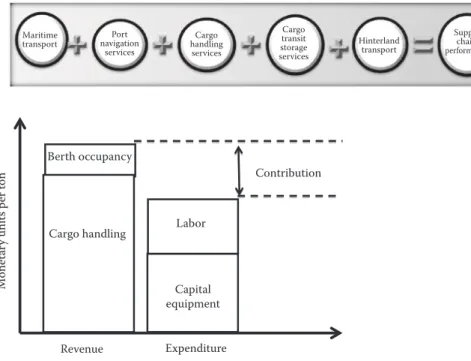
BERTHS, FACILITIES, AND EQUIPMENT
A major concern on behalf of port authorities concerns time constraints and berth utilization, in order to achieve an optimal berth occupancy ratio, with the elimination of waiting time before berthing. Cruise ship berths: These berths and terminals are designed to suit the demands of the cruise industry. One factor to consider is the anchoring arrangements provided, which are usually related to the size of the paving area.
It is reported that maintaining a hot state can require up to 70% of a ship's normal operating costs. Users report that this level of idleness costs up to 40% of the vessel's running costs.
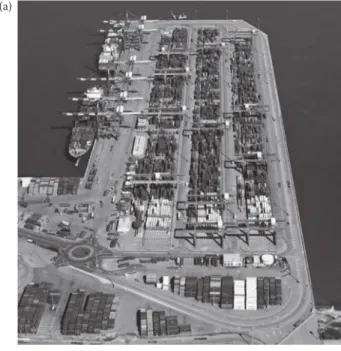
THE PORT AND CHARTER PARTY TERMS .1 Charter Party Types
In this arrangement, the charterers assume greater control of the ship's operations and directly issue operational and commercial orders to the captain under copy to the owners. Timing: The timing of delivery of the vessel to its charterers and re-delivery to its owners is critical. This subsection examines the most critical clauses and wording relating to (a) the vessel being an "arrived vessel", (b) the distinction between a port and berth charter party, and (c) elements of the vessel's security while in port.
Whereby the shipowners, as soon as the shipowners have given their consent to the C/P formulation, are held legally responsible for the ship's safety in the port. By this clause the charterers designate places or wharves which are harbors or places which are "accessible on arrival of the ship" as well as safe for the vessel.
SHIPYARDS
Time management issues and logistics disruptions create delays and breaches of delivery clauses in the shipbuilding contract. Among the most important challenges in the shipbuilding industry, the ownership of intellectual property rights seems to be at the top of the list. The collapse of the shipbuilding industry in the twentieth century occurred during two periods associated with fiscal downturns.
Through its “five-year plans,” the Chinese government structures its recommendations for the expansion of various industrial sectors to ensure their future viability and market potential. The past decade has been ranked as one of the most lucrative in the shipbuilding industry since World War II.

PORT AGENTS: LINER SERVICES, TRAMP TRADE, AND OFFSHORE SUPPORT AGENTS
- FONASBA
The agents' initial letter of appointment is accompanied by funds remitted to the agents prior to the ship's arrival at the specific port of call, reflecting the agents' fees and specific duties. Administering the cargo collection prior to the ship's departure and before the B's/L's are delivered. After the captain informs the agents of the ship's expected arrival time, the agents start preparations for the ship's stay in port.
In general, shipping companies use stowage software to utilize the full loading capacity of the ship in the most efficient way. Damage to machinery and leasing: In the event that the equipment of the cargo handling vessel breaks down, the agents in cooperation with the shipping company undertake the leasing of dock equipment.
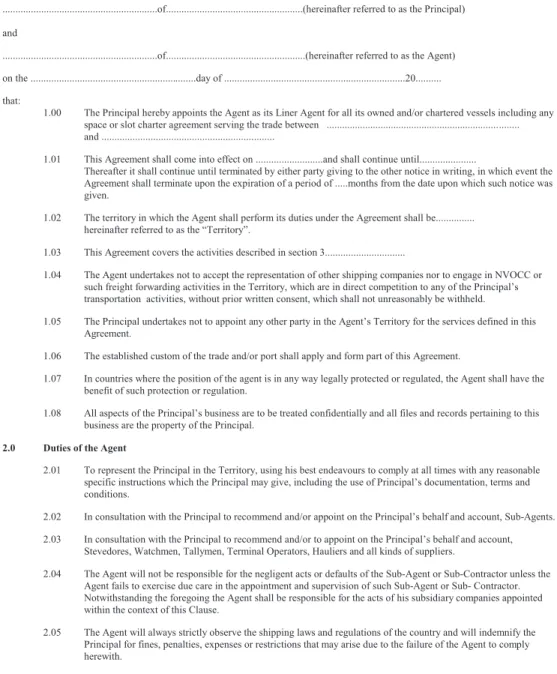
PORT-RELATED CLAIMS AND LEGAL LIABILITIES .1 Conflict Resolution: Arbitration versus Court of Law
As control of the ship in these critical areas shifts from shipowners to vessel charterers, disputes arising from operational decision-making would normally be eliminated. When the ship arrived at La Plata, the master expected the charterers to provide solutions regarding the navigation of the ship through the channel with the help of tugboats. In these cases, the master's instructions will be followed during the ship's navigation and entry into port.
In most voyage charters, the stevedores are employed by the charterers, but are supervised by the ship's master and officers. Despite the fact that seizure of a ship was a recognized danger, the contractual arrangement between charterers and shipowners did not provide for piracy.
MULTIMODAL TRANSPORTATION
